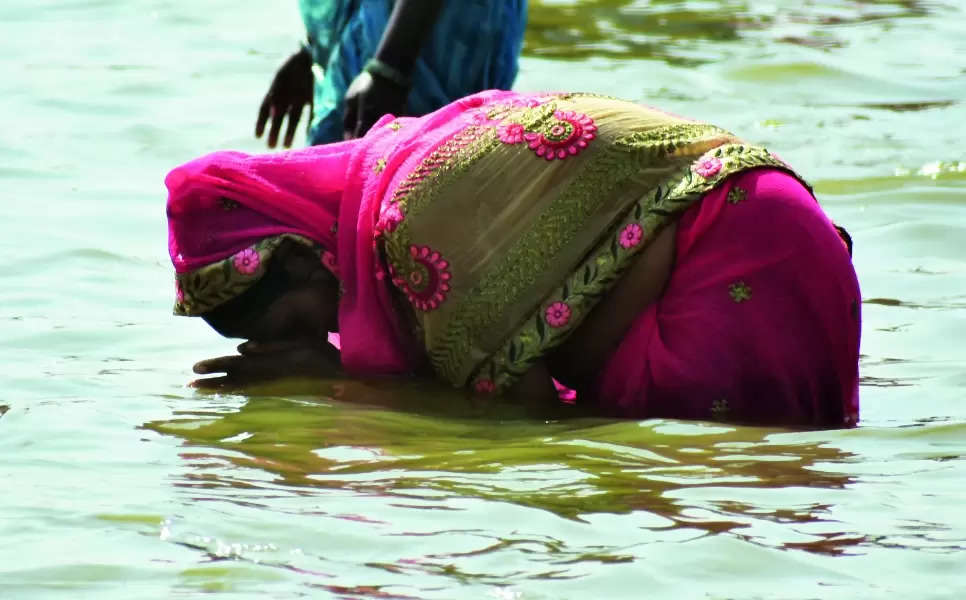The purity of the Sangam waters in Prayagraj has recently come under scrutiny due to reports suggesting contamination by faecal bacteria. This issue has garnered significant attention, especially during the ongoing Maha Kumbh Mela, a festival that attracts millions of devotees. In response, Uttar Pradesh Chief Minister Yogi Adityanath has firmly dismissed these claims, assuring the public of the water’s safety for both bathing and drinking.
Table of Contents
Background of the Faecal Bacteria Report
Concerns about the water quality at the Sangam arose when reports indicated the presence of faecal bacteria in certain areas of the river during the Maha Kumbh Mela. These findings suggested potential health risks for the numerous pilgrims participating in the festival. The reports prompted immediate reactions from both the public and various governmental bodies, emphasizing the need for clarity on the matter.
Yogi Adityanath’s Rebuttal
Addressing the controversy, Chief Minister Yogi Adityanath categorically rejected the contamination claims. He stated that the Sangam’s water is not only safe for bathing but also fit for drinking. The Chief Minister highlighted continuous monitoring efforts by the Uttar Pradesh Pollution Control Board, which have consistently shown the water quality to be within acceptable parameters. He emphasized that the dissemination of such reports is misleading and undermines the efforts made to maintain the sanctity and cleanliness of the river.
Significance of Sangam During Maha Kumbh Mela
The Triveni Sangam, the confluence of the Ganga, Yamuna, and the mythical Saraswati rivers, holds profound religious significance in Hinduism. During the Maha Kumbh Mela, millions gather to take a holy dip, believing it cleanses them of sins and facilitates spiritual liberation. Ensuring the purity of these waters is paramount, as it directly impacts the spiritual experience and health of the devotees.

Public Health Concerns in Kumbh Mela
The initial reports of faecal contamination raised valid public health concerns. Contaminated water can lead to various waterborne diseases, posing risks to both locals and visitors. In response, health authorities have intensified water quality assessments and have been transparent in sharing their findings. Public advisories have been issued, guiding pilgrims on safe practices and reassuring them of the measures in place to protect their well-being.
Environmental Monitoring Efforts
Multiple agencies, including the Uttar Pradesh Pollution Control Board, are actively involved in monitoring the water quality at the Sangam. Regular sampling and testing are conducted to detect any anomalies. Recent data supports the Chief Minister’s assertions, indicating that the water is within safe limits for public use. These consistent findings aim to build public trust and ensure the safety of all participants.
Political Repercussions
The controversy has inevitably led to political debates. Opposition parties have questioned the government’s handling of the situation, suggesting negligence in maintaining river cleanliness. In contrast, the ruling party views these allegations as attempts to politicize the issue, reaffirming their commitment to environmental preservation and public health.
Media Coverage and Public Perception
Media outlets have extensively covered the unfolding events, with narratives ranging from alarmist to reassuring. Social media platforms have become arenas for public discourse, reflecting a spectrum of


